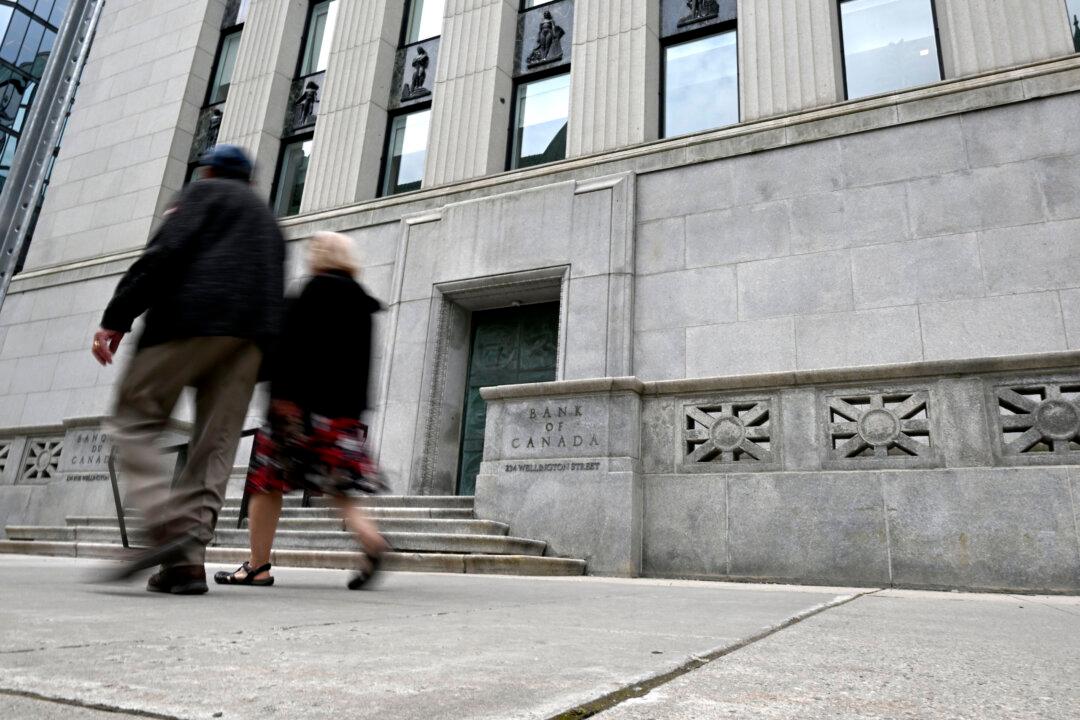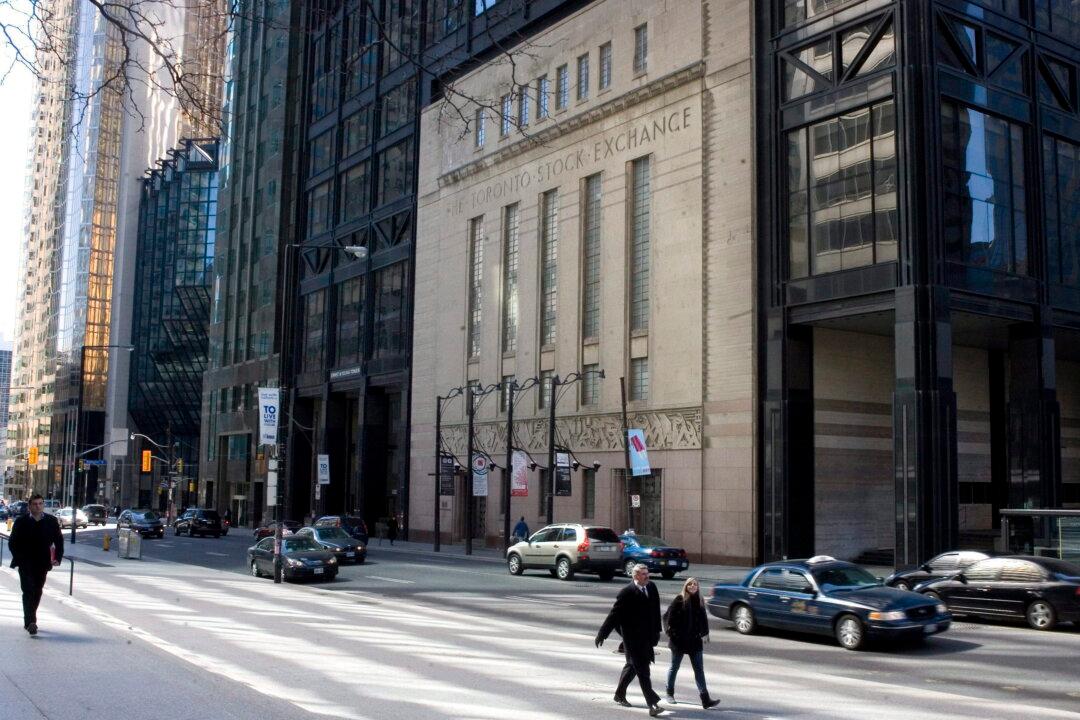Commentary
In the early 1980s, I had the privilege of meeting and speaking with American economist Arthur Laffer on two occasions. The trust company that I worked for at the time hired him as an economic adviser to speak to our investment staff. We received his published works.
At the time, he was a controversial figure in some corners due to his aptly named “Laffer Curve.” Laffer postulated that governments raise no revenue when tax rates are at either zero percent or 100 percent, but there’s a rate between those two extremes that maximizes tax revenue. In other words, at some point there must be a level of taxes that would collect the most money possible for the government and any further tax increases would lower economic activity to the point that less and less tax would be collected, approaching zero.
Many dismissed Laffer as a crank, since the logical conclusion of his theory was that, at a certain point, raising taxes resulted in diminishing returns for governments because economic activity was dampened to the point that less revenue was generated. Governments did not get to the point where tax revenues were down in absolute terms, but economics analysts realized that increasing the burden of taxes ended up raising far less in tax revenue than initially assumed.
As a simple example, if a tax like sales tax is increased from 5 percent to 6 percent, the government would raise $1 billion in the previous period, as $20 billion was purchased. (5 percent of $20 billion equals $1 billion.) The government would expect to raise $1.2 billion in the current period. (6 percent of $1 billion) all things being held equal. However, less than $1.2 billion will be raised as people would cut back spending by some small amount. Over time, constant tax increases result in less economic activity than would have occurred, as people have less to spend and adopt ways of circumventing taxes. At some point, taxes become so onerous that the government ends up reducing the absolute amount of taxes collected.
The two end points of the Laffer Curve are logically indisputable. The debate was and still is over the shape of the curve, an inverted “U”. Remember that this was discussed in the beginning of the 1980s when the marginal tax bracket for the highest income bracket was 70 percent. That was actually pretty good considering that from 1944 to 1963, that rate was over 90 percent.
When looking at top marginal tax brackets, one must be careful to adjust for inflation and the general standard of living. For example, at the end of the war in 1945 the top marginal tax bracket was 91 percent, and it kicked in at $200,000. Some insist that this is proof that taxes on the so-called rich should be raised to confiscatory levels. However, one must remember that this was equivalent to $3.5 million in today’s dollars, and the average standard of living was much lower in 1945. Almost no one made the equivalent of $3.5 million in employment income then, and those who could, figured out ways to circumvent having their income seized.
The threshold was increased to $400,000 in 1948 and remained that way until the mid-60s when the U.S. government adjusted the rate down to 70 percent, and the threshold back down to $200,000, which was about $1,100,00. This was during the Great Inflation. This remained until the late 1970s and was only adjusted for inflation beginning in 1977. Consequently, this was effectively on yearly automatic increase on the most productive of society. The late 1960s to the Reagan era was a series of frequent recessions and a cycle increasing inflation during growth periods.
When Reagan was elected in 1981 he proceeded to decrease the top marginal tax rate to 50 percent, but lowered the top amount. This had the effect of stimulating the economy. In one way it was a tax increase because it lowered the threshold, and in another way was a tax cut. The economy started growing and the era of frequent recessions and high inflation ended. By 1987, the top rate was reduced to 38.5 percent and the threshold was reduced to about $90,000.
Under Reagan, the average growth in the economy was very high. From 1982 to 1990, the U.S. economy grew between 3 ¼ percent and 3 ½ percent, which is outstanding by today’s values. However, tax revenues, despite tax cuts and deregulation, increased. True, debt to GDP rose, but remained quite low by today’s standards.
Laffer was largely correct. An over-taxed economy could cut tax rates and yet see more tax revenue because high taxes are an albatross around the neck of an economy, as Canadians are finally understanding. A dollar in taxes near raises a whole dollar.
And at a certain point, taxes can be so ridiculously high that further increases can result in lower tax revenue as economic activity implodes. Companies go under or curtail investments, and unemployment soars while the government pays out more in welfare benefits.
Canada is probably at this stage, as taxes go up and Canadians get poorer. The solution is simple. Cut taxes and reduce government spending. Eliminate maladaptive regulations and reform government wealth-redistribution schemes. These schemes redistribute wealth and income from the productive to government make-work programs and subsidies, and ending them will help make Canada more prosperous.
Views expressed in this article are opinions of the author and do not necessarily reflect the views of The Epoch Times.







